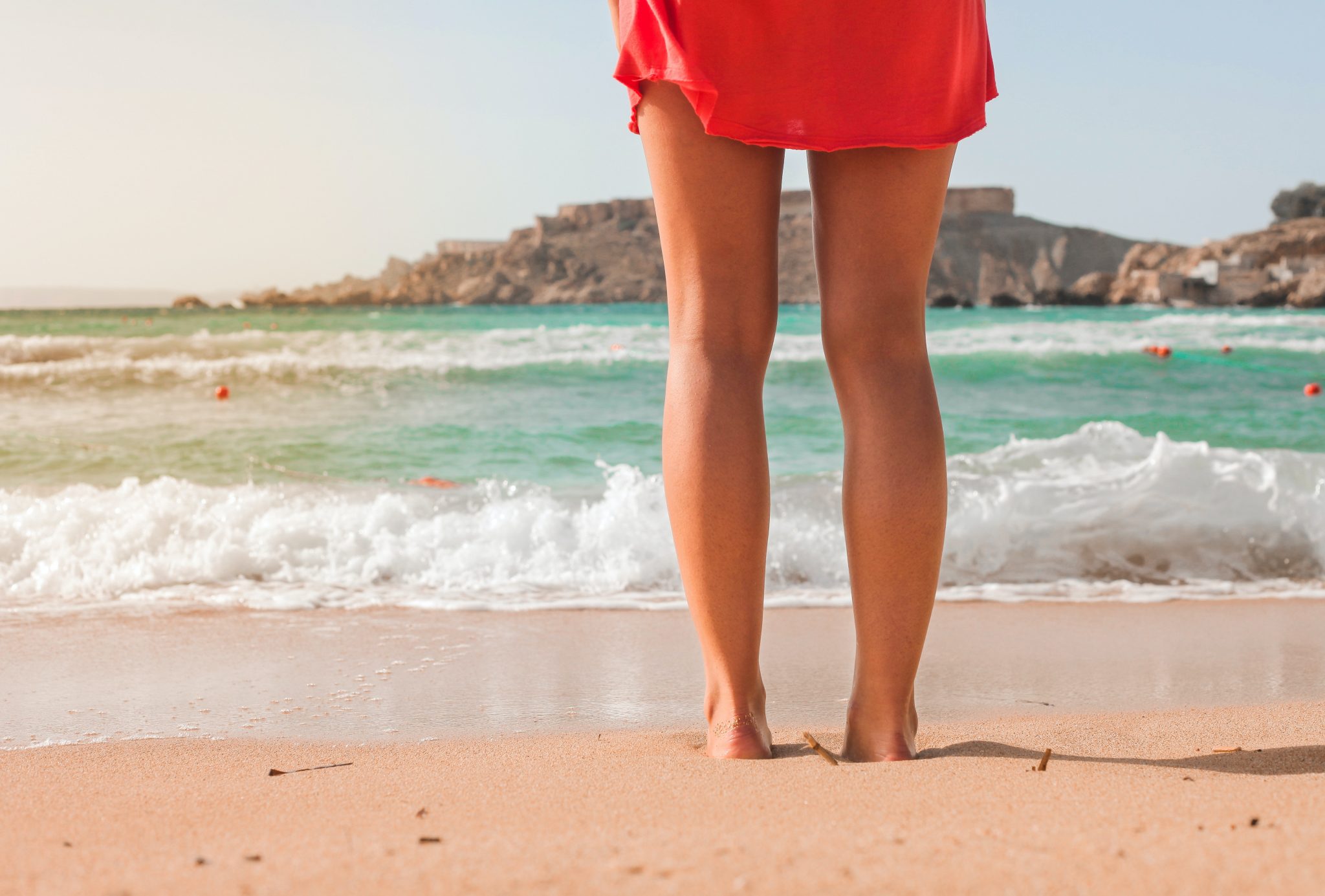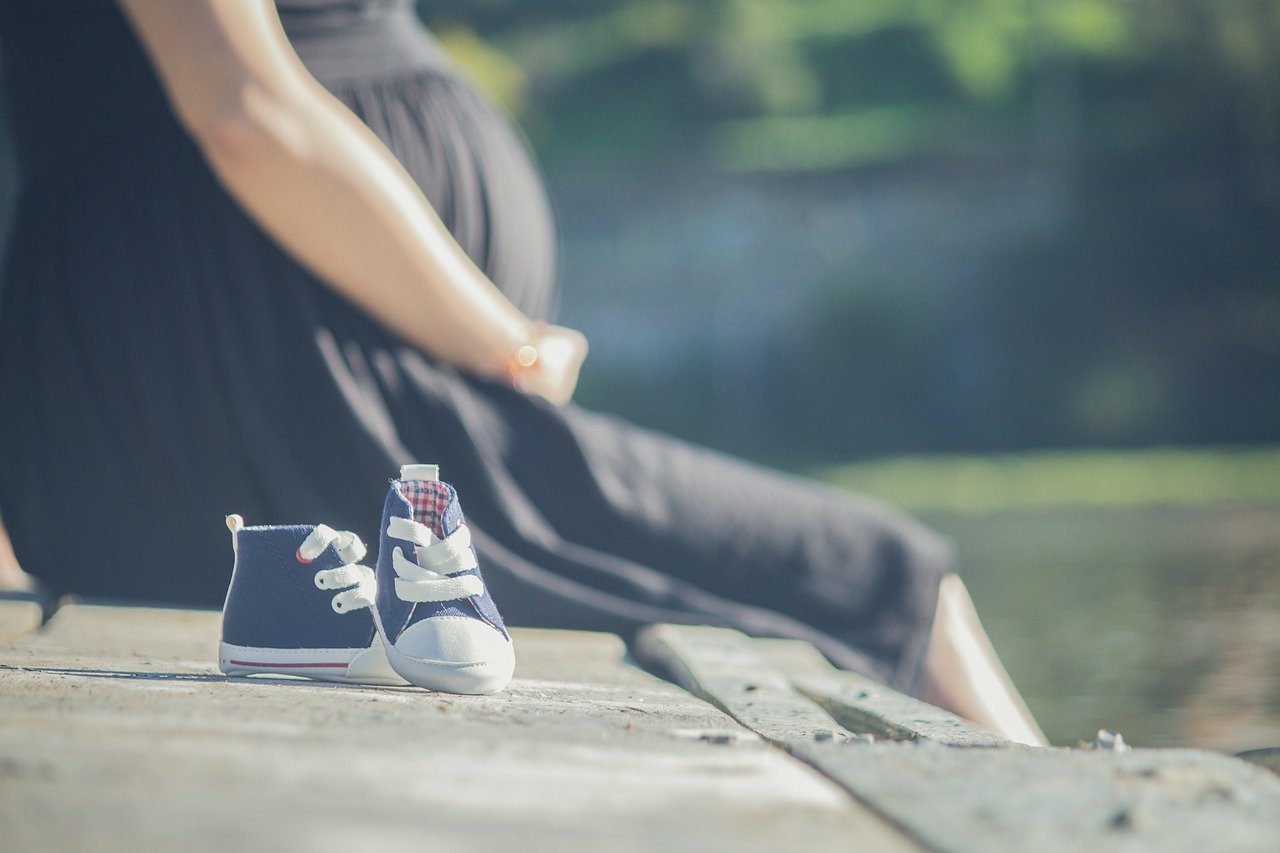Catch Varicose Veins Early by Knowing What its Symptoms Are
Have you been noticing enlarged vein in parts of your body? Do they look twisted and jut out like tunnels? More particularly in the calves and the ankles, the superficial veins in the legs are the most prone to become affected. It could be because they work the most and have to increasingly take the pressure of the body’s weight when standing for too long.
Not just skin deep:
For about 20 percent of the patients, varicose veins may present very mild pain. It could be something as superficial as a cosmetic problem for some. But for the remaining 80 percent, varicose vein means debilitating aches and discomfort, often creating a roadblock in efficiency and hampering their daily routine.
Treatment course to manage varicose veins will involve large measures of self-care routine and measures and, in severer cases, removal of those veins.
Here are the symptoms to look out for when you suspect varicose veins:
- Varicose veins may initially not cause too much pain.
- Veins will start appearing on the skin, showing up in darker shades of purple of deep blue.
- The varicose veins will appear as if they are twisted and often bulge out like strings running across your feet’ length.
When varicose veins are accompanied by acute pain, the symptoms that occur may include:
- Severe discomfort in the affected area
- Heaviness in the legs
- Burning or a throbbing feeling around the affected area
- Muscle cramps
- Swelling around the feet and lower part of the calf
- Worsening pain after prolonged standing or sitting in the same position
- Skin discoloration
How are spider veins different from varicose veins?
A spider vein is not very different from varicose veins. Only that they are much smaller in size, and they can vary from red to deep blue color. They are most common in the legs and on the face, and their appearance will remind you of the web of a spider hence the name.
When is the right time to see the health officer?
Caring for the self is mandatory.
- Exercising is a sine quo non;
- Elevate your legs such that they are elevated above your chest;
- Wear compression stockings
If your concern is cosmetic, you must see the doctor before the condition worsens.
Here is the prime reason for Varicose Veins:
Experts believe that a weak and damaged valve is what leads to this condition. The arteries carry the blood from the heart to the rest of the parts of the body and veins carry the same blood back from the parts of the body right back to the heart. To do this, the veins in the legs have to work very hard because they are recirculating the body against the force of gravity.
The contractions in the leg’s muscles act like a pump, and the vein valves help in returning the blood to the heart. There are small valves present in the veins that open and close to allow and stop the blood flowing backward. If the tiny valves become weak and damaged, the blood cannot flow again backward and begins pooling in the veins itself. This condition is what causes stretching and twisting in the veins.
What are the other contributory factors for the development of this condition?
- Age factor:
Age is an essential factor when it comes to this condition. Aging can cause a lot of wear and tear on the valves on the vein and thus affect the blood’s recirculation. The compromised valves allow the blood to flow back into that vein, where they begin pooling instead of it flowing back to its source.
- Gender
Women are likelier to develop varicose veins more than their male counterparts. The reasons are that there are heavy fluctuations in the hormones during their pregnancy, puberty, and menopause. The female hormones secreted during pregnancy relax the veins. Additionally, contraceptives and steroidal treatment to regulate hormones wreck double havoc increasing the risk of varicose in the veins.
- Pregnancy
All through pregnancy, the blood volume in the body fluctuates variously, expanding and contracting the vein in the legs, leading to a high chance of getting varicose veins at the time of delivery or after.
- Medical history
If a close relative like parents and grandparents had this condition there is a big chance that subsequent generations will also end up having.
- Obesity
Too much weight can put a lot of pressure on the feet because they have to exert more than their capacity. Sitting or standing in one place for too long also compromises the correct blood flow for an extended period.
Here are the red flags:
Consider contacting your doctor if you see signs such as these:
- Very painful ulcers formed very near to the veins. These will usually begin developing near ankles and may look like some discoloration on the skin only when it starts to pop up.
- Blood clots in the leg can be extremely painful, especially if they are deep veins. Any prolonged swelling or persistent pain in the legs that range from mild to discomforting pain will need immediate medical attention.
- Bleeding when the veins that are closest to the skin burst. The doctor needs to be consulted even if the bleeding and bruise are minor.
Here is what you can do to prevent varicose veins:
This condition cannot be prevented.
But it is possible to improve the circulation of blood in the body.
Toning muscles can decrease the risks of getting it in the first place if your medical history is fraught.
What you can do to begin preventing varicose veins if you have a genetic predisposition towards it:
- Don’t skip exercising
- Proactively watch your weight
- Eat a low-sodium diet
- Add plenty of fiber to your food
- Say no to high heels
- No tight pants
- Elevate your legs at all times whether sitting or sleeping
- Do not sit or stand in one position for too long. Keep moving
Prevention is any day better than cure:
Any health condition must be caught early. This is one of the first pieces of advice that doctors like to give. Apart from doing regular cardio, which could definitely help in dealing with varicose veins, a proactive healthy lifestyle is a must. You must always look out for any nagging discomfort and never shy from seeing a doctor or checking into the emergency room. Certain conditions are entirely treatable if diagnosed early. Book an appointment with us today to learn how you can prevent varicose veins and manage it in case you have it already.





